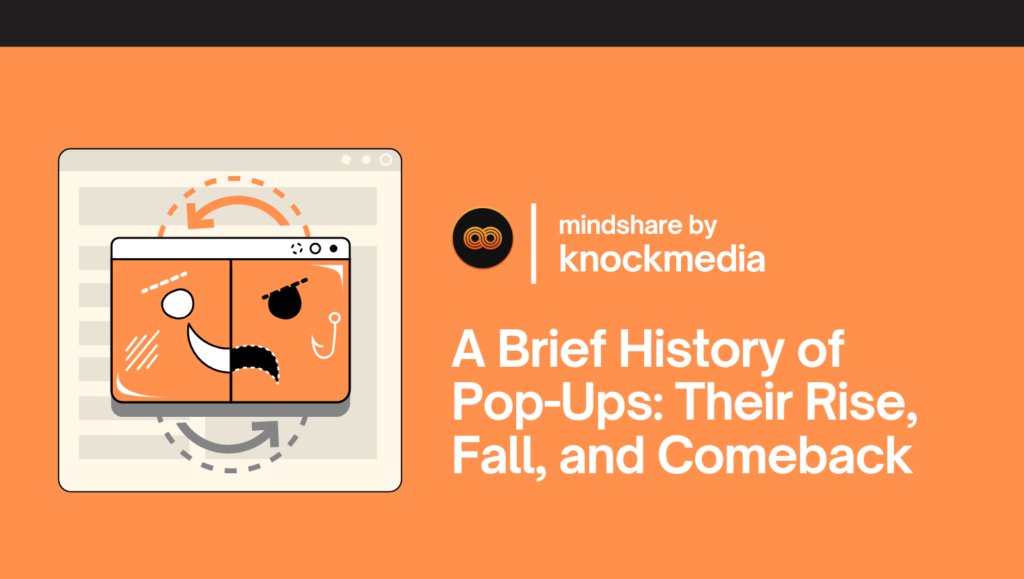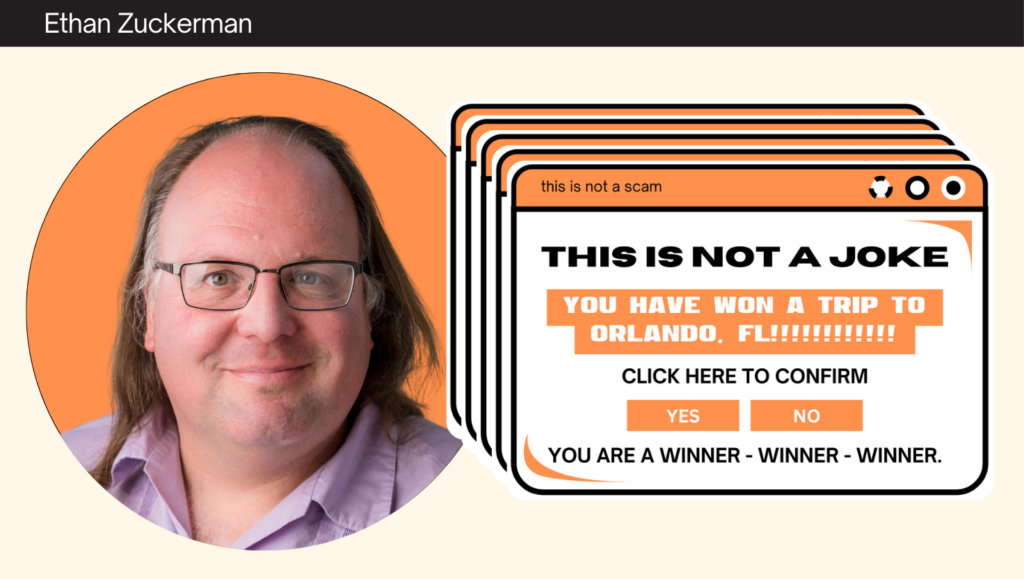
Pop-ups have been a defining feature of the internet experience for decades. While often associated with intrusive advertisements, they have evolved into a standard UX feature for businesses, marketers, and UX designers. Let’s explore the evolution of pop-ups and their role in modern UX design.
Pop-ups first emerged in the mid-1990s as a solution to a problem. Ethan Zuckerman, a developer at a tech start-up, created the first pop-up ad. The idea was to allow advertisers to display ads in separate windows to avoid associating them directly with potentially controversial website content. Little did Zuckerman know, this innovation would later be regarded as one of the most annoying aspects of web browsing.

By the early 2000s, pop-ups had exploded in popularity, with advertisers using them aggressively to capture user attention. However, as they became more intrusive—often appearing in multiple layers or using deceptive tactics—user frustration grew.
This led to the development of pop-up blockers, which became a standard feature in most web browsers by the mid-2000s. Google and other major companies also started penalizing sites that abused them, further diminishing their widespread use.
An example of “Pop-Up Stopper Professional,” a software designed to prevent intrusive pop-up advertisements.
Despite their bad reputation, they never completely disappeared. Instead, they evolved into more user-friendly formats, such as:
- Exit-Intent: These pop-ups appear when a user is about to leave a page, often used in eCommerce to prevent cart abandonment by offering discounts or prompting newsletter sign-ups.
- Lightbox: Overlaying the page content rather than opening a new window, making them less disruptive.
- Slide-In: Appearing subtly at the side or bottom of a page, allowing users to continue browsing without interruption.
- Cookie and GDPR: Informing users about data privacy policies, a now-mandatory feature on many websites.
When implemented thoughtfully, they can be powerful tools for lead generation, customer engagement, and personalized marketing.
Not all are UX heroes, but businesses strive to make them less intrusive by ensuring they appear at the right time, provide relevant content, and are easy to close.
HelloFresh uses a ‘give-and-take’ sales technique in their ad by offering a discount in exchange for visitors’ email addresses, making the approach feel more like an appealing offer rather than an annoyance.
When implemented thoughtfully, pop-ups can be powerful tools for lead generation, customer engagement, and personalized marketing. Their transformation into strategic, user-conscious elements of web design demonstrates how digital trends evolve in response to user needs and technological advancements.
Looking to improve your website’s interaction design? Explore effective UX strategies with us — contact us today!